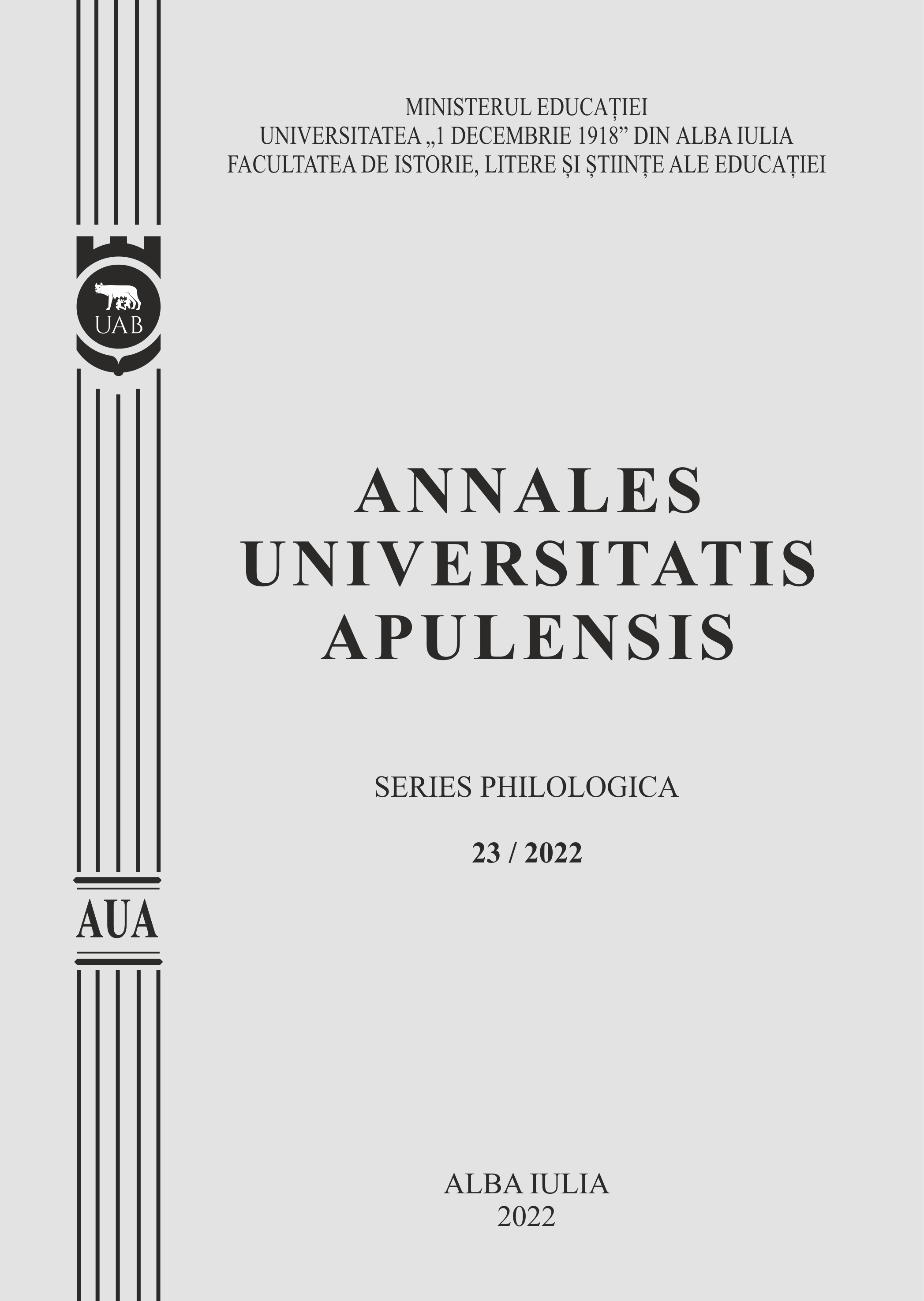CHALLENGES OF HETEROGENEOUS CLASSES
CHALLENGES OF HETEROGENEOUS CLASSES
Author(s): Mirela CosteleanuSubject(s): Language and Literature Studies, Foreign languages learning, Language acquisition, Inclusive Education / Inclusion
Published by: Universitatea »1 Decembrie 1918« Alba Iulia
Keywords: English; homogeneous classes; heterogeneous classes; learners;
Summary/Abstract: When organizing classroom activities, some teachers believe that the best option is to mix the groups so that students of all levels can be represented in each class (heterogeneous grouping). Other teachers believe that students should be organized by ability levels (homogeneous grouping). Both approaches have advantages and disadvantages. Heterogeneous classes allow below-grade students to follow the lead of their peers whose language level is better than theirs. When lower-ability students encounter a problem, they may find it easier to ask for clarification from their peers than from their teacher. Gifted students, in their turn, are encouraged to assume a leadership role, which helps them develop their skills and boost their self-confidence. A downside of this approach is that those above-grade students who resent acting like leaders will feel overwhelmed by this responsibility which hinders them from reaching their learning potential. One of the main benefits of homogeneous groups is that each and every student is encouraged to work at their own pace. Besides, students seem to thrive when they are surrounded by learners who have the same skills and needs as they do. One of the downsides of this approach is that teachers associate students with the group they belong to instead of their actual skills. Another disadvantage is that learners are generally grouped according to subjective criteria, such as test scores, which might place them in a group that they don’t really belong to.
Journal: Annales Universitatis Apulensis. Series Philologica
- Issue Year: 23/2022
- Issue No: 1
- Page Range: 346-350
- Page Count: 5
- Language: English

